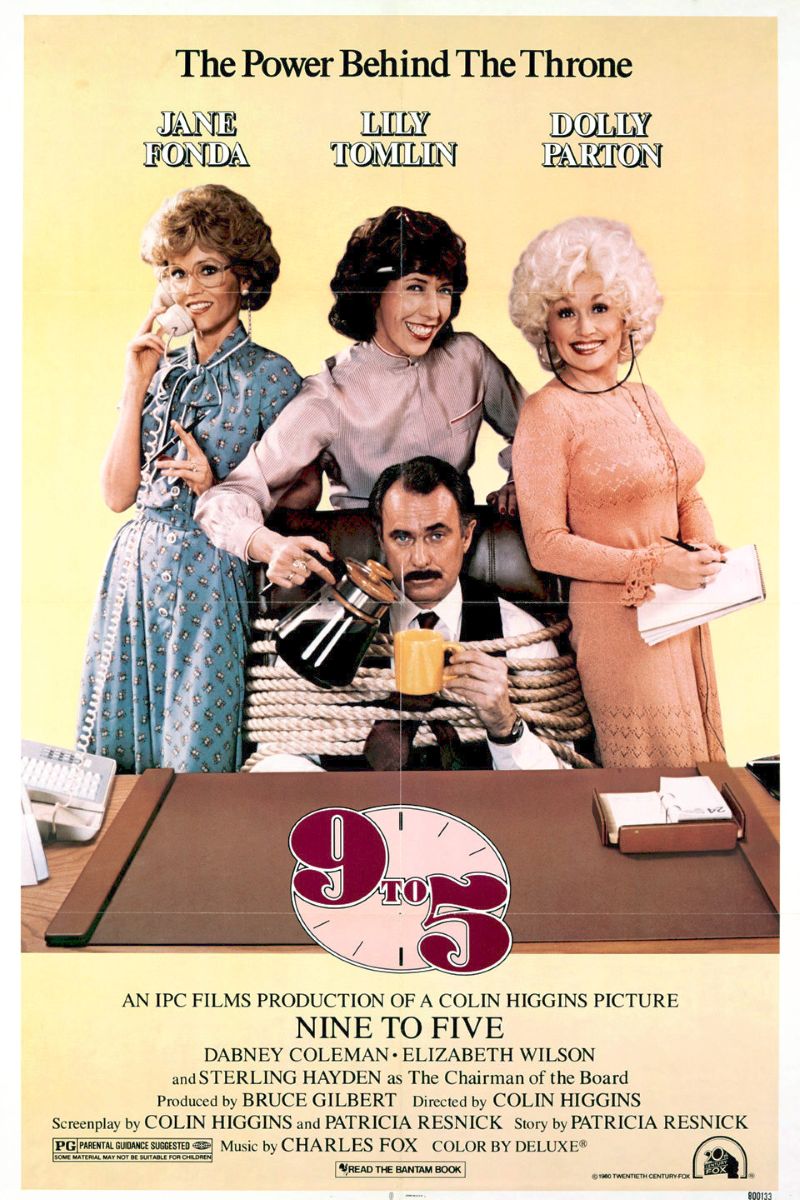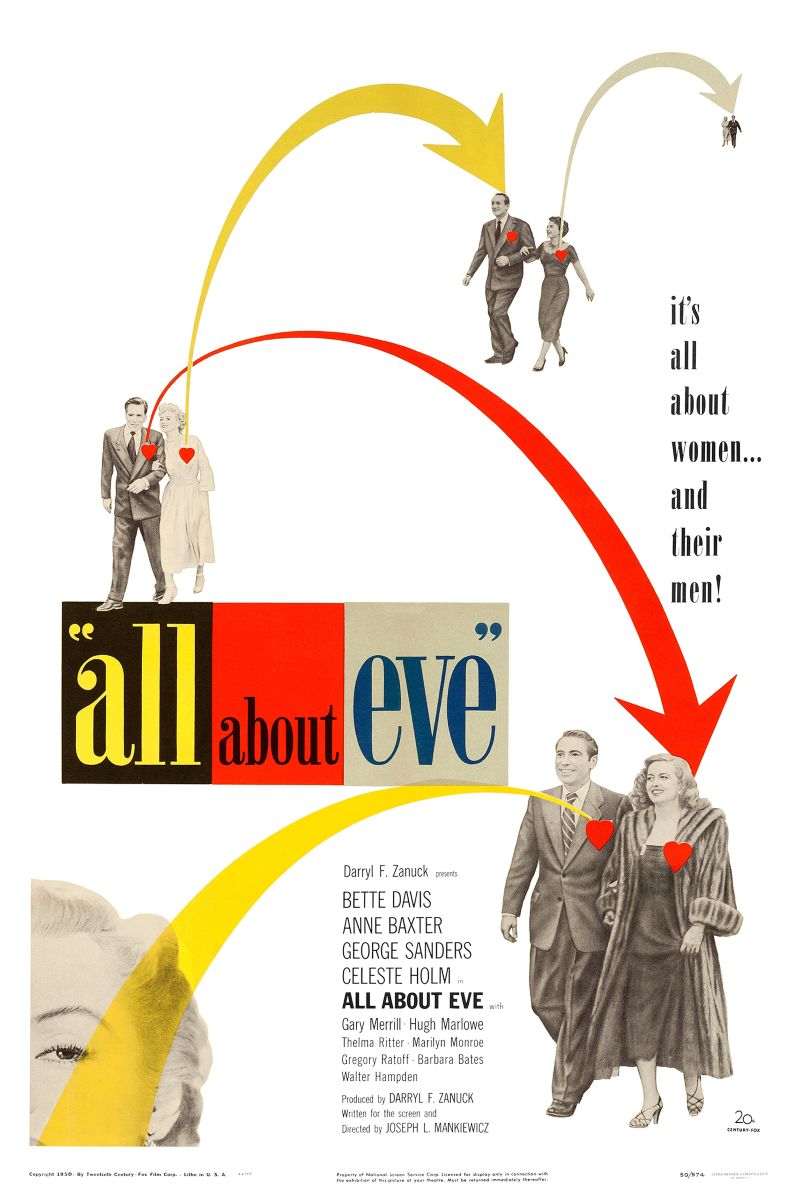
Jennifer's Body
Jennifer's Body
High school cheerleader Jennifer becomes possessed by a demon after being sacrificed by a male band seeking fame, then begins hunting the town's men. This initially misunderstood horror-comedy gained critical reappraisal during the MeToo era, recognized as a feminist horror film ahead of its time that explores toxic masculinity, complex female friendship, and gender violence under patriarchy.
主演
🎥 影评与解读
Jennifer’s Body stands as one of the most misunderstood and undervalued feminist horror films of its era, with director Karyn Kusama and screenwriter Diablo Cody creating a work that was truly ahead of its time in 2009. Initially met with both commercial and critical failure, the film gained significant reappraisal following the MeToo movement, now recognized as a sharp social critique that deeply explores sexual violence, the complexity of female friendship, and patriarchal oppression. Through the revenge story of high school cheerleader Jennifer (Megan Fox) after her demonic possession, the film reveals male possessiveness over female bodies and women’s survival strategies within patriarchal society.
From an anti-sexual violence perspective, Jennifer’s demonization can be read as a metaphorical expression of sexual violence trauma. She is deceived, kidnapped, and sacrificed by members of the band Low Shoulder, a process clearly carrying symbolic meanings of sexual violence. The band members choose Jennifer not for her character but for her appearance and their mistaken assumptions about her “purity.” This selection reflects how men view female bodies as objects available for consumption and sacrifice. Jennifer’s retaliation—killing those men who tried to exploit her—can be understood as a symbolic act of victims reclaiming their agency.
The film’s portrayal of female friendship constitutes its most complex and moving dimension. The relationship between Jennifer and Needy (Amanda Seyfried) is far deeper than surface friendship, containing multiple elements of love, jealousy, protection, and betrayal. Their relationship can be read as a “heterosexual friendship” with queer emotional undertones, where the intimate contact and emotional dependence between them transcends traditional heterosexual friendship boundaries. The film’s most authentic emotional moments often occur between the two girls, rather than in their relationships with male partners.
From a queer feminist perspective, the queer subtext between Jennifer and Needy represents one of the film’s most subversive elements. Their kissing scene exists not to satisfy the male gaze but to express genuine emotional connection. Jennifer’s possessiveness and protectiveness toward Needy, along with Needy’s continued care for Jennifer, suggests emotional attachment that transcends heterosexual frameworks. This queer reading adds an additional critical dimension to the film, questioning the social assumptions of compulsory heterosexuality.
The film’s critique of media representation is first evident in its own misguided marketing. The film company packaged it as a sexy horror film catering to young heterosexual men, completely betraying its feminist core. This marketing strategy’s failure reflects how the entertainment industry systematically misunderstands and distorts female creators’ work. The film also internally critiques media commodification of violence against women—news reports transform Jennifer’s victimization into sensational entertainment content.
From a MeToo movement perspective, Jennifer’s story anticipated patterns of power abuse that would later become social focal points. Low Shoulder’s use of their fame and influence to lure underage girls mirrors many entertainment industry sexual assault cases later exposed. The film’s portrayal of these power dynamics was prescient, revealing how men exploit institutional power to exploit women.
The film’s gender politics manifest in its subversion of traditional horror film gender roles. In conventional horror films, beautiful women are typically victims, but Jennifer becomes the subject of revenge. Her violence is not mad but selective—she specifically hunts men who try to exploit or harm women. This role reversal challenges gender power structures in horror cinema.
From a pop culture feminism perspective, the film demonstrates how teenage women navigate identity formation within commodified culture. Jennifer’s beauty and popularity serve as both resource and curse. The film critiques culture that reduces female value to appearance and sexual attractiveness while showing how women find agency within such culture.
The film’s critique of toxic masculinity emerges through its portrayal of male characters. Low Shoulder band members represent a particularly dangerous form of masculinity—superficially sensitive and artistic, actually narcissistic and exploitative. They use their musical and artistic identities to mask predatory behavior, making them more dangerous than traditional “bad boys.”
From a cultural critique perspective, the film mocks small-town conservatism and moral panic. Adults’ anxiety about teenage sexuality contrasts with their ignorance of real dangers. The true threat comes from socially accepted authority figures (band members), not teenagers’ normal behavior.
The film’s visual language also serves its feminist themes. Jennifer’s transformation scenes are both horrifying and beautiful, challenging audience expectations of female bodies. Her body becomes a symbol of power, not merely an object for viewing. Bloody visual effects emphasize violence’s reality rather than glorifying it.
From trauma and healing perspectives, Needy’s eventual killing of Jennifer can be read as painful but necessary liberation. She’s not killing a friend but ending her friend’s suffering. This understanding adds tragic color to the film’s ending, emphasizing trauma’s far-reaching impact.
The film’s treatment of teenage sexuality avoids moral judgment. It acknowledges teenage sexual desire and behavior as normal while critiquing adult exploitation of it. Jennifer and Needy’s sexual experiences are portrayed as part of their growth process, not moral failure.
From performance theory perspectives, Megan Fox’s performance gained new recognition in reappraisal. She successfully balances Jennifer’s vulnerability and menace, creating a complex character who is both victim and predator. Amanda Seyfried’s performance captures Needy’s internal conflict and growth.
The film’s use of religion and supernatural elements carries ironic meaning. Demonic possession serves as metaphor for sexual violence trauma rather than literal supernatural phenomenon. This treatment makes horror elements serve social critique rather than pure entertainment.
From intergenerational relationship perspectives, the film shows adult ignorance and misunderstanding of teenage experiences. Parents and teachers cannot understand or help teenagers facing real threats, and this generational gap exacerbates young women’s isolation and vulnerability.
The film’s soundtrack and sound design also reinforce its themes. Low Shoulder’s music critiques sexism in the indie music scene, while Jennifer’s vocal changes symbolize her identity transformation and power acquisition.
Ultimately, Jennifer’s Body’s value lies in providing new possibilities for female horror cinema. By combining traditional horror elements with sharp social critique, the film creates a form that is both entertaining and political. Its rediscovery proves the importance of feminist film criticism and the necessity of reexamining misunderstood works. In an era continuing to face gender violence and media misrepresentation, Jennifer’s story remains powerfully relevant and critically significant. The film reminds us that true horror often stems from power inequalities in daily life, and women’s retaliation, in whatever form, represents a legitimate response to such injustice.
🏆 获奖与荣誉
- • Saturn Award Best Horror Film 提名
- • Teen Choice Award Best Horror/Thriller Film
- • MTV Movie Award Best Kiss 提名
⭐ 评分与链接
相关推荐
评论与讨论
与其他观众一起讨论这个视频
加入讨论
与其他观众一起讨论这个视频
评论加载中...



